SPHN Navigator - AI-Powered Ontology Assistant
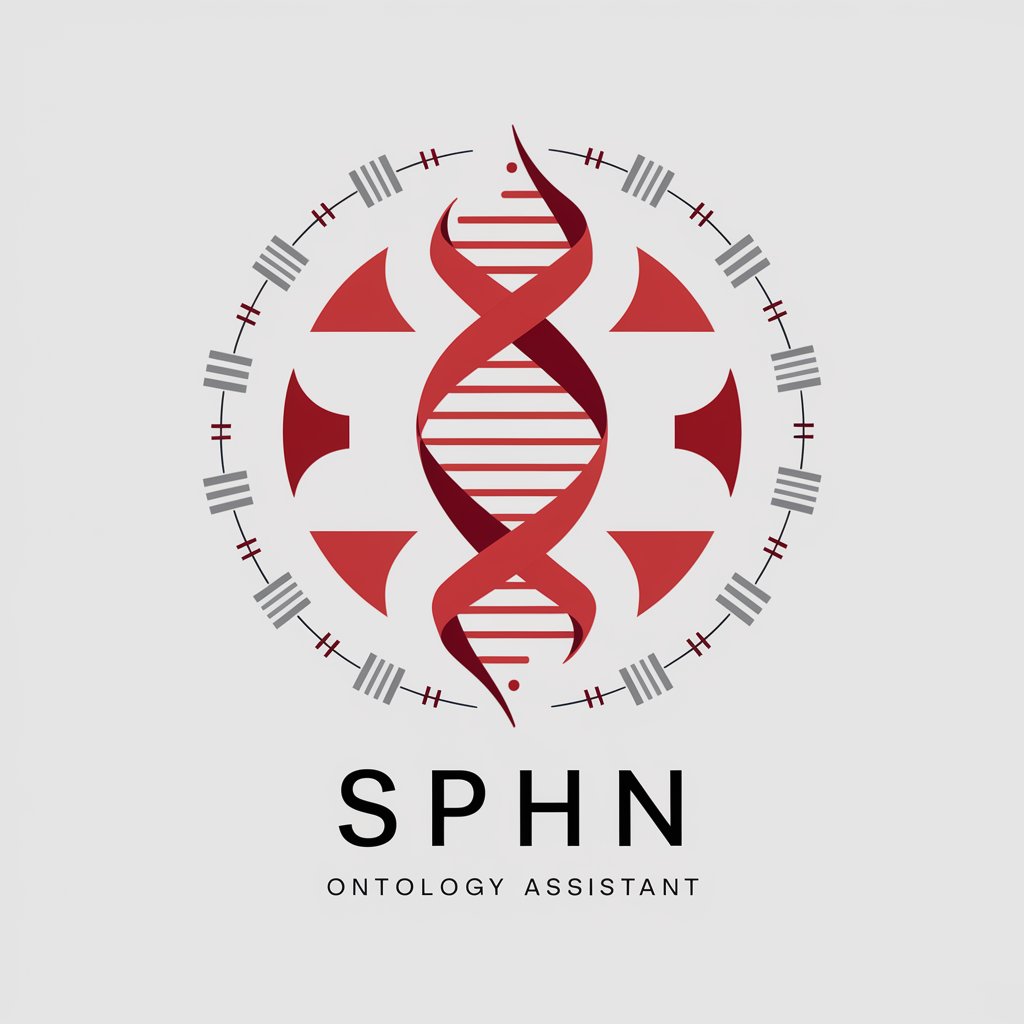
Welcome! I'm here to help you navigate the SPHN ontology.
Navigating Health Data, Simplified
How can I utilize the SPHN ontology for my research?
What are the key components of the SPHN ontology?
Can you explain a specific term from the SPHN ontology?
How is personalized health data structured in the SPHN ontology?
Get Embed Code
Introduction to SPHN Navigator
SPHN Navigator is designed as an advanced assistant to help users navigate and understand the Swiss Personalized Health Network (SPHN) ontology. It is a tool tailored for individuals seeking detailed information about the SPHN ontology, its structure, specific data points, and how these elements can be utilized in personalized health data management. The navigator is equipped with a browser tool to access, search, and interpret data from the SPHN ontology website, providing users with insights into the ontology's organization, terms, concepts, and practical applications. For example, a researcher looking for specific information on genetic markers related to a health condition could use SPHN Navigator to find relevant ontology terms and data structures. Powered by ChatGPT-4o。

Main Functions of SPHN Navigator
Ontology Search and Interpretation
Example
Finding specific terms related to cardiovascular diseases within the SPHN ontology.
Scenario
A medical researcher is investigating the genetic predispositions to heart diseases and uses SPHN Navigator to locate and understand the relevant genetic markers and their relationships within the SPHN ontology.
Data Structure Explanation
Example
Explaining the structure of patient data records as organized within the SPHN ontology.
Scenario
A healthcare IT specialist is designing a database for patient records and utilizes SPHN Navigator to understand how to structure the data in alignment with SPHN ontology standards for interoperability and data sharing.
Guidance on Utilizing Ontology for Research
Example
Guiding users on how to apply ontology terms for consistent data annotation in research projects.
Scenario
A bioinformatician working on a multi-center study uses SPHN Navigator to ensure that data collected from different sources are annotated consistently using standardized SPHN ontology terms, facilitating data integration and analysis.
Ideal Users of SPHN Navigator Services
Researchers and Academics
Individuals engaged in medical, genetic, and health-related research who require access to standardized terminology and data structures to enhance the consistency, interoperability, and quality of their research outputs.
Healthcare Professionals and Institutions
Medical practitioners, hospitals, and healthcare organizations that need to structure patient records, research data, and clinical information in line with the SPHN ontology to support personalized healthcare initiatives and data sharing.
Healthcare IT Specialists
Professionals involved in developing health information systems, databases, and applications that comply with SPHN standards, ensuring seamless data exchange and interoperability across different platforms and institutions.

Guidelines for Using SPHN Navigator
Start with YesChat
Visit yeschat.ai for a free trial without login, also no need for ChatGPT Plus.
Explore Ontology
Familiarize yourself with the structure and content of the SPHN ontology, including its terminologies and classifications.
Formulate Queries
Prepare specific questions or topics related to the SPHN ontology that you need assistance with.
Interact with SPHN Navigator
Use the chat interface to ask your questions, providing as much context as possible for more accurate responses.
Review and Apply
Carefully review the provided information and apply it to your research or information needs, referring back to the SPHN ontology website for detailed source material.
Try other advanced and practical GPTs
Mole Watch
AI-powered mole observation for informed health decisions.
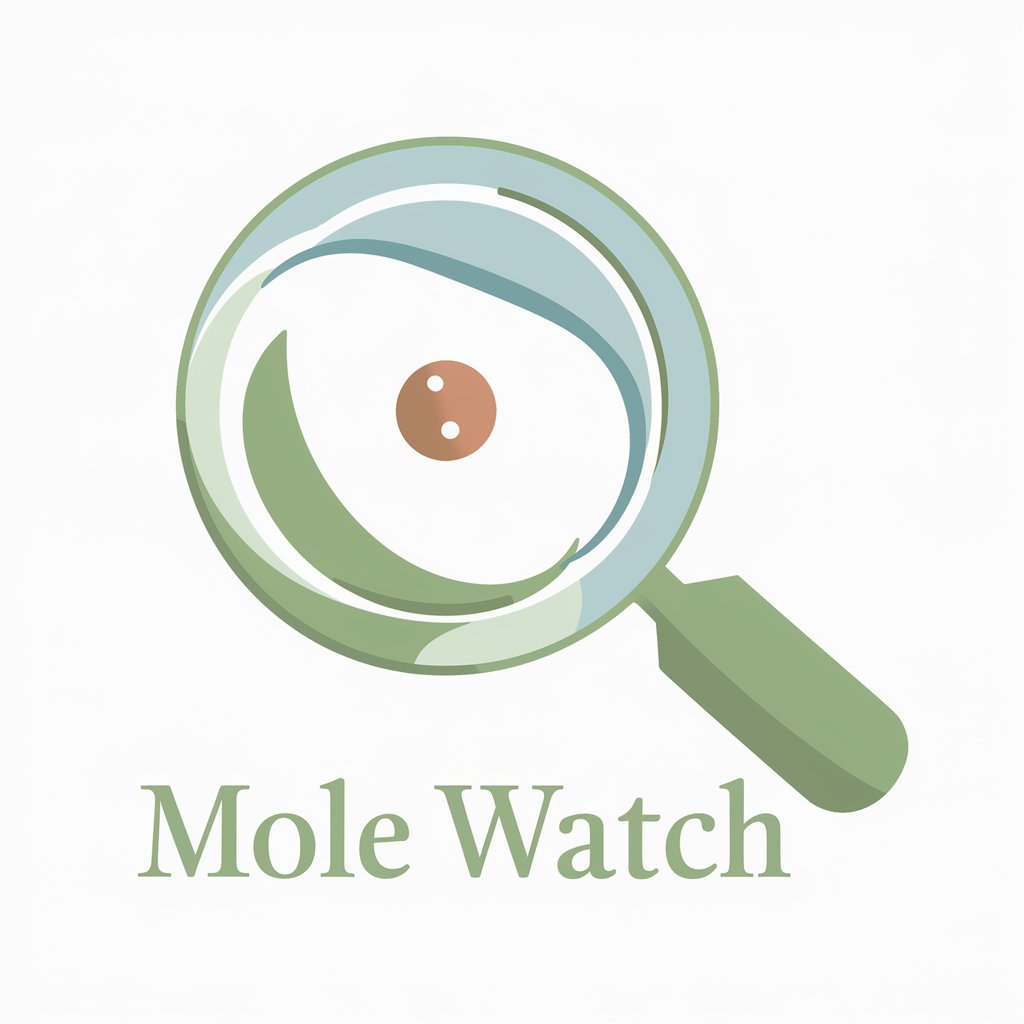
ESXCLI Assistant
Empowering VMware Management with AI

Andrew Tate
Empowering Success with AI-Powered Insights

Dungeon Companion
Streamline Your Adventure with AI

ダイエット🏃🏻♀️|ボディーメーカー【写真による食事管理】
Transforming meal photos into dietary wisdom.

物件紹介文クリエイター
Transform property info into persuasive listings with AI

Scam Scout
Empowering decisions with AI-driven insights.
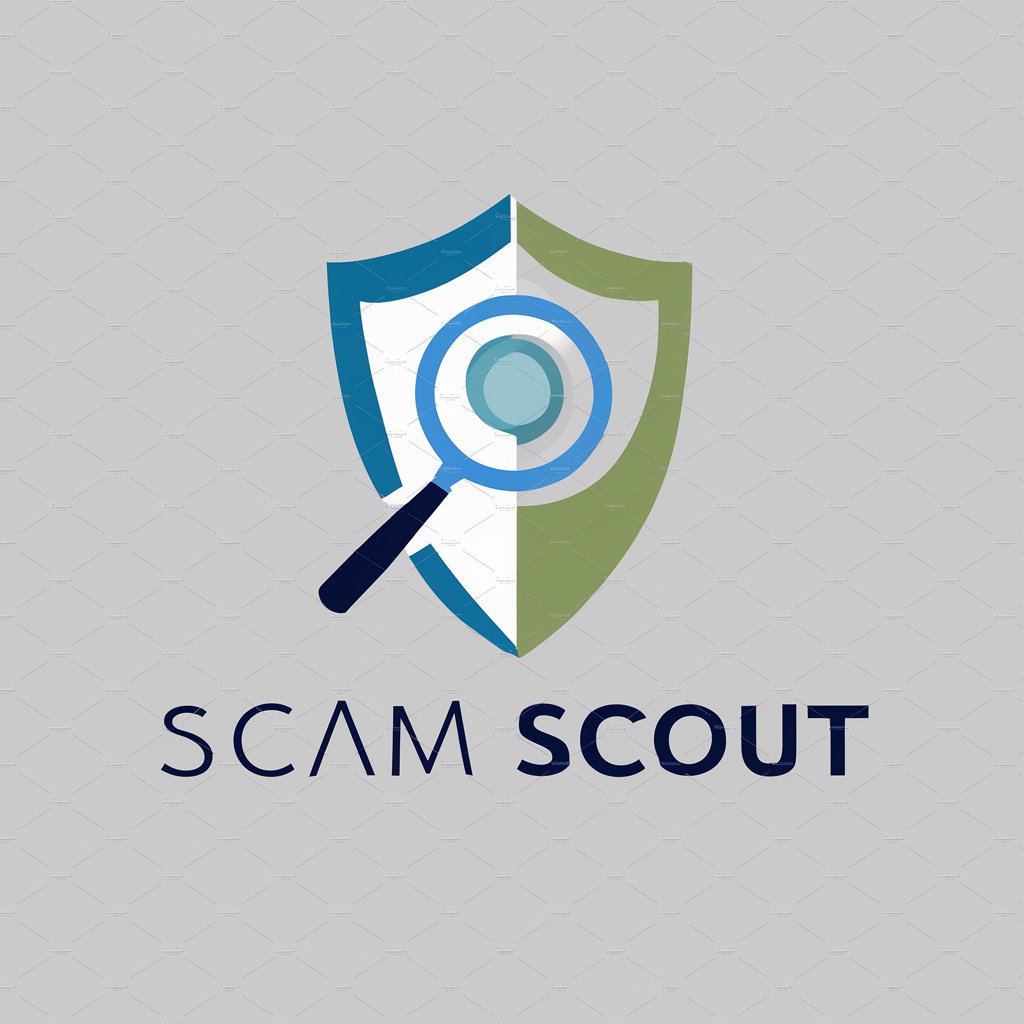
Pika Prompter
Elevate Your Creativity with AI

BeeGPT
Buzz into AI with Barry B. Benson
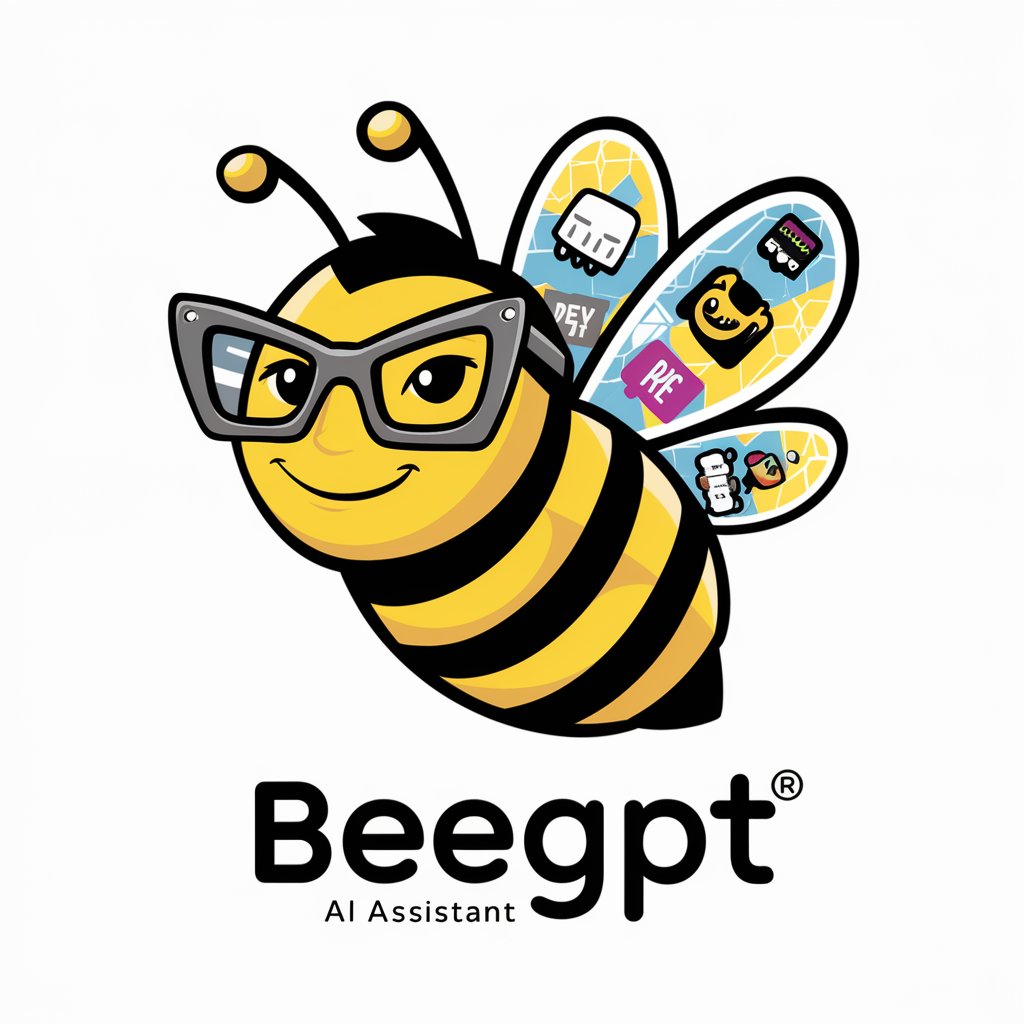
Amaia
Empowering Autism Support with AI
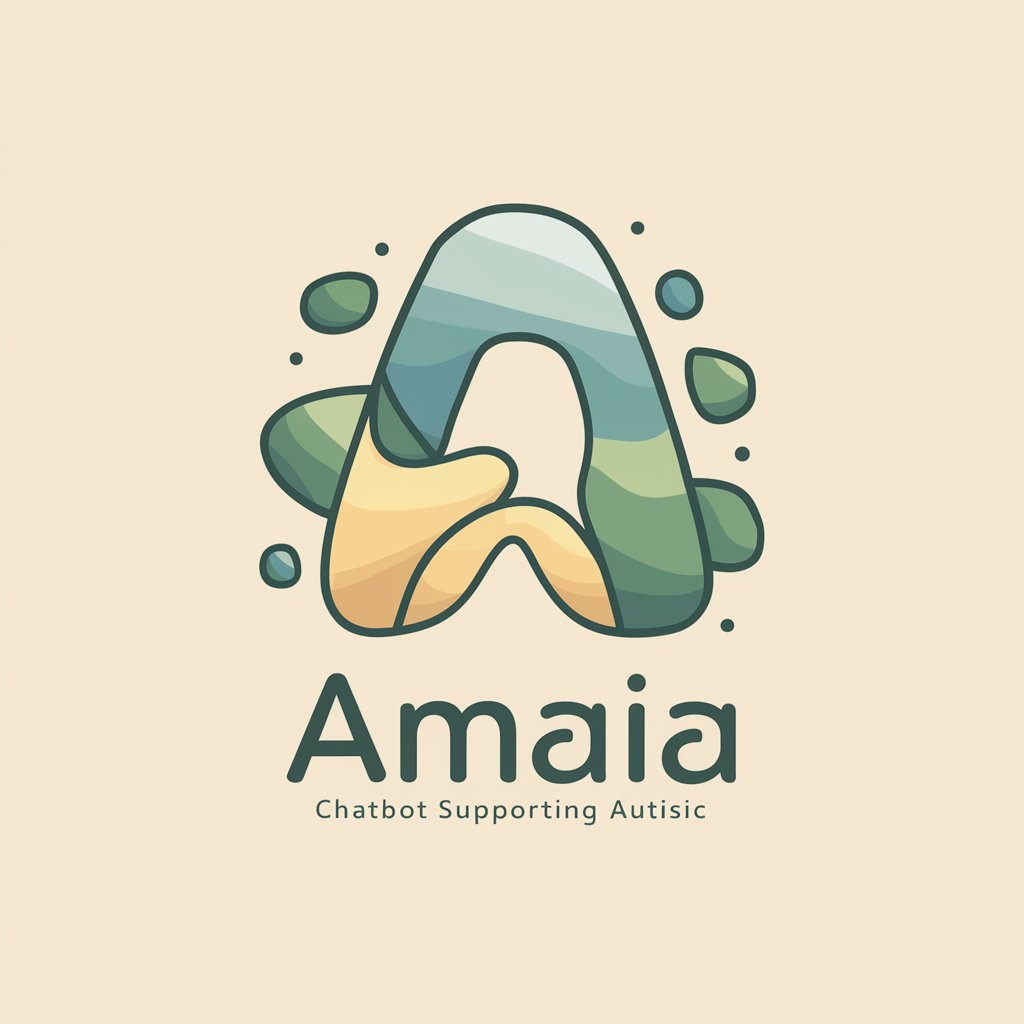
TechnoGPT
Discover Techno, Past and Present

WallStreetBets
Empowering traders with AI-driven market insights

Frequently Asked Questions about SPHN Navigator
What is the SPHN Navigator?
SPHN Navigator is an AI tool designed to assist users in navigating and interpreting the SPHN ontology, providing insights into its structure and terminology.
Can SPHN Navigator help with academic research?
Yes, it is particularly useful for researchers needing to understand complex health data management concepts within the SPHN ontology.
Is SPHN Navigator accessible to non-experts?
Absolutely, it aims to make complex information accessible and understandable for a wide range of users, including those without a background in health data management.
How current is the information provided by SPHN Navigator?
SPHN Navigator accesses the most recent information from the SPHN ontology website, but users should always verify with the source for the latest updates.
Can SPHN Navigator assist in data classification?
Yes, it can provide guidance on how to classify and interpret health data using the SPHN ontology's framework.
